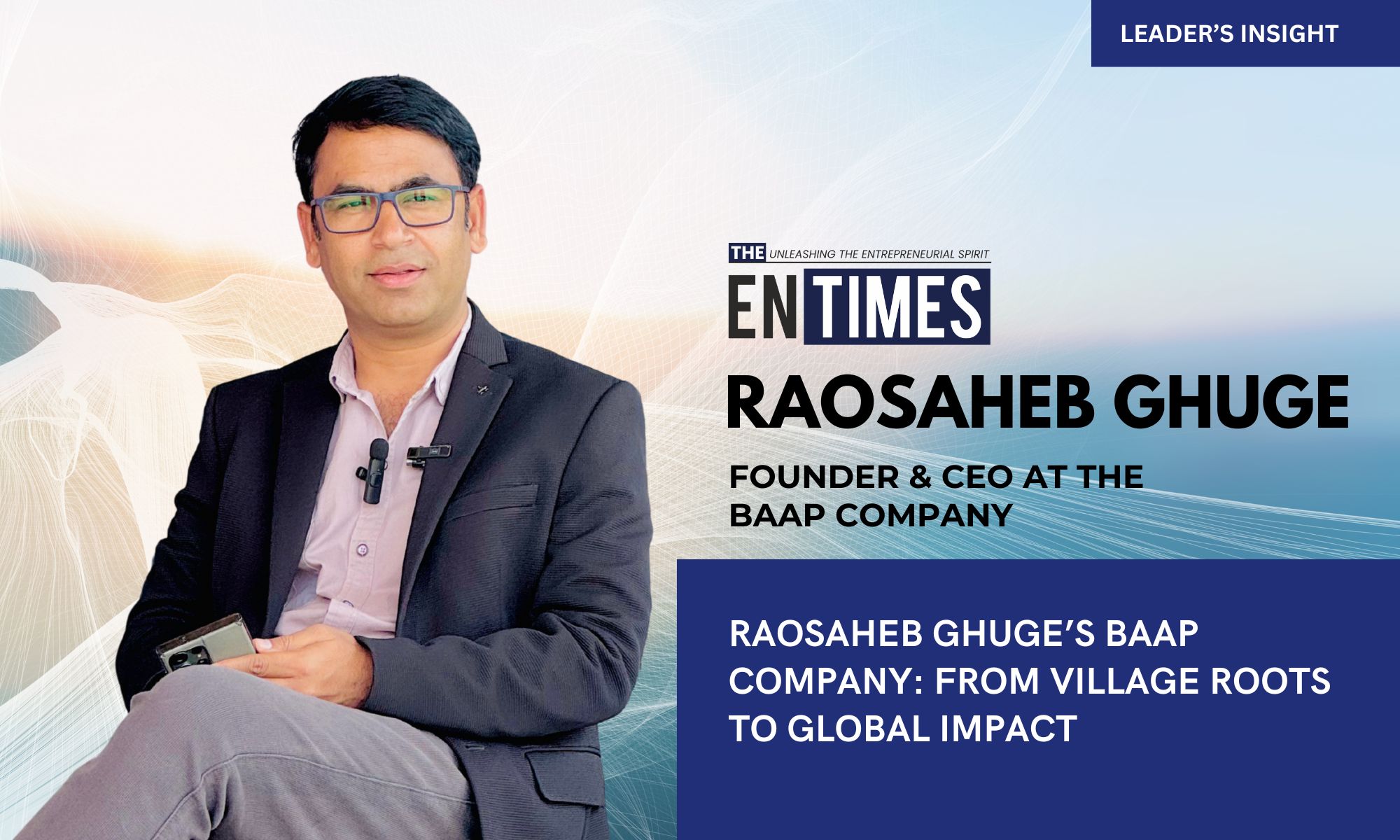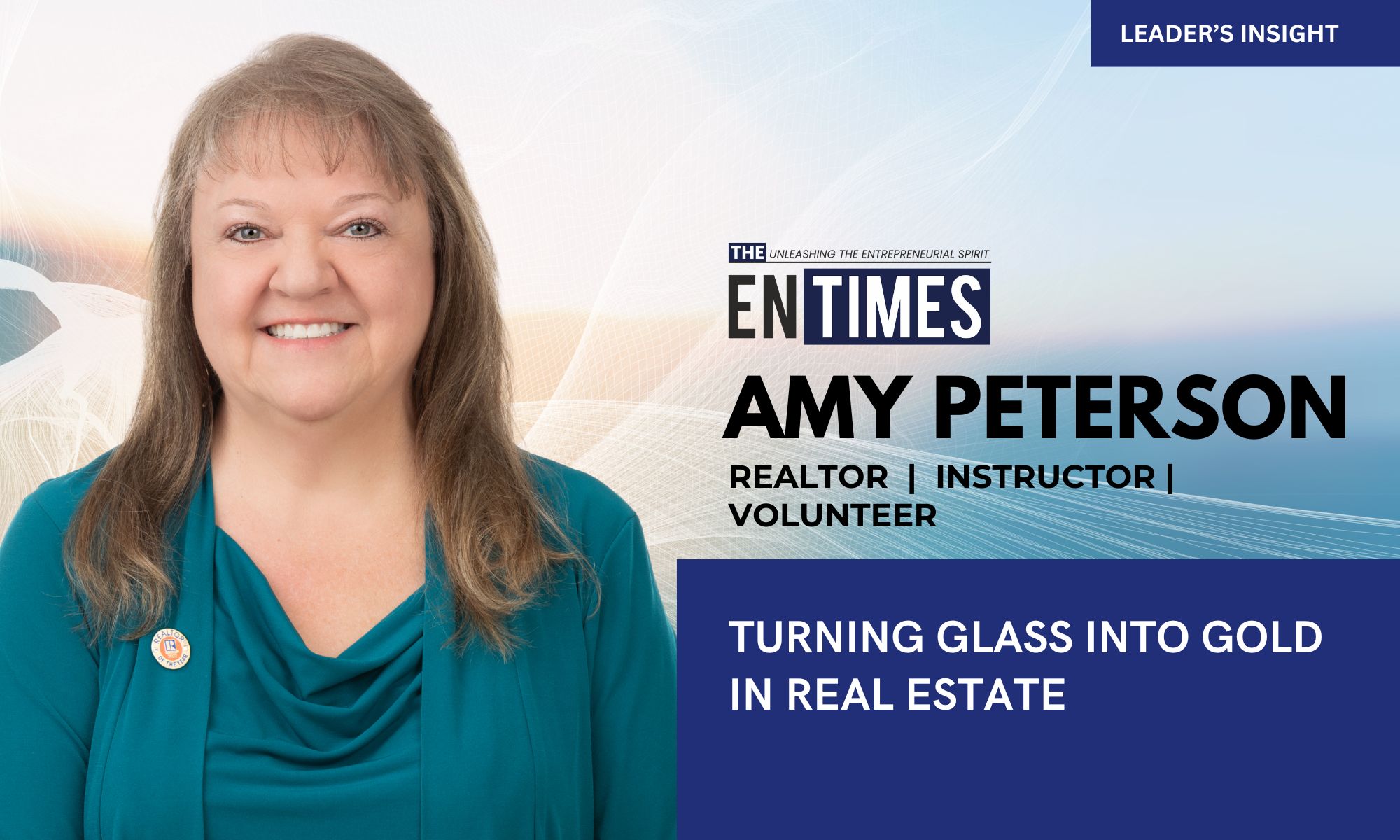In 2025, businesses cannot afford to ignore crypto. Digital currencies and blockchain technologies are no longer futuristic experiments; they are actively reshaping global commerce. Companies adopting crypto solutions gain faster payments, lower transaction costs, and broader international reach.
Conversely, businesses that delay face lost opportunities, diminished competitiveness, and slower growth. Both positive opportunities and negative risks exist, making informed strategies critical. From small startups to multinational corporations, organizations that integrate crypto are demonstrating faster scalability, better customer experiences, and operational efficiency.
This blog explores why crypto adoption is essential, highlights industries already benefiting, and provides actionable insights to help businesses thrive in a digital economy.
1. Global Crypto Adoption Trends
According to the 2025 Chainalysis Global Crypto Adoption Index, India, the United States, and Brazil lead global adoption. Over 860 million users engage in crypto transactions worldwide. Businesses are moving from experimental pilot programs to strategic integration.
Key trends include:
- Digital Payments: Companies like Overstock and Shopify accept crypto payments globally.
- Blockchain-Based Contracts: Smart contracts reduce administrative overhead in industries like real estate.
- Decentralized Finance (DeFi): Alternative funding mechanisms support startups and SMEs.
- Tokenized Loyalty Programs: Companies reward customers using digital tokens, enhancing engagement.
2. Financial Advantages of Crypto
Crypto adoption drives measurable financial benefits:
- Lower Transaction Fees: Businesses save money compared to traditional banking, particularly in international payments.
- Faster Settlements: Blockchain reduces waiting periods for fund transfers.
- Currency Hedging: Cryptocurrencies can protect businesses against local currency inflation.
- Access to New Revenue Streams: Companies can tokenize products or raise funds through crypto.
Tesla briefly accepted Bitcoin payments in 2021, reducing reliance on conventional banking fees and attracting tech-forward customers.
Ignoring crypto can result in higher costs, slower international operations, and missed revenue opportunities.
3. Enhancing Customer Experience
Businesses integrating crypto gain a competitive edge by meeting evolving consumer expectations.
Benefits include:
- Faster Payments: Crypto eliminates long banking delays.
- Global Accessibility: Customers in countries with banking limitations can transact seamlessly.
- Enhanced Trust: Blockchain transparency reduces disputes and improves reliability.
Example: Travel platforms like Travala.com accept multiple cryptocurrencies, attracting international clients and increasing bookings by 30%.
4. Overcoming Adoption Challenges
While crypto brings innovation, it presents challenges:
- Regulatory Uncertainty: Laws vary by region; compliance is crucial.
- Volatility: Price fluctuations can affect profit margins.
- Cybersecurity Risks: Digital assets must be secured against hacking.
- Integration Costs: Initial infrastructure investment may be significant.
Businesses must balance positive opportunities with these negative risks through careful planning, risk assessment, and ongoing monitoring.
5. Institutional Adoption Driving Growth
Institutional adoption accelerates crypto legitimacy and usage:
- Visa & Mastercard: Piloting stablecoin payments for faster cross-border transfers.
- Morgan Stanley & Fidelity: Offering crypto trading and investment solutions for clients.
- PayPal & Square: Allowing customers to pay, send, and hold crypto seamlessly.
Mainstream financial institutions adopting crypto signal strong market acceptance, encouraging businesses to integrate it confidently.
6. Real-World Applications Across Industries
- Retail: Overstock and Newegg accept Bitcoin and other cryptocurrencies, reducing cross-border transaction friction.
- Finance: JPMorgan Chase uses blockchain to streamline payments and reduce fraud risk.
- Supply Chain: Walmart leverages blockchain for transparency in tracking products from suppliers.
- Travel & Hospitality: Expedia allows crypto payments, enhancing convenience for international clients.
- Impact: Businesses adopting crypto enjoy increased efficiency, global scalability, and stronger customer loyalty.
7. Strategic Steps for Crypto Integration
Actionable steps for businesses considering crypto adoption:
- Education & Training: Ensure employees understand digital finance, blockchain, and crypto regulations.
- Partner with Trusted Platforms: Collaborate with reliable crypto service providers.
- Robust Security Protocols: Secure wallets, multi-signature systems, and cybersecurity frameworks.
- Monitor Regulatory Changes: Stay compliant with evolving crypto laws.
- Pilot Programs: Start small, measure results, and scale gradually.
8. Crypto-Driven Innovation
Integrating crypto drives technological and business innovation:
- Smart Contracts: Automate transactions and reduce administrative costs.
- Tokenization of Assets: Enable fractional ownership and increased liquidity.
- Decentralized Finance (DeFi): Supports new business funding models.
- Blockchain Analytics: Helps businesses understand customer behavior and optimize services.
Example: Real estate firms are tokenizing properties for easier investment and faster transactions, showing clear ROI.
9. Long-Term Competitive Advantage
Businesses adopting crypto gain strategic benefits:
- Global market accessibility without banking limitations.
- Reduced operational costs through digital settlements.
- Transparency and auditability enhance trust.
- Early adoption positions companies as industry leaders.
Late adopters may face stagnation, reduced competitiveness, and loss of investor confidence.
10. Marketing With Crypto
Crypto adoption can enhance marketing and branding:
- Tech-Savvy Branding: Showcasing crypto-friendly services attracts modern consumers.
- Content Marketing: Highlight blockchain integration, crypto payment options, and case studies.
- Community Engagement: Educate audiences on crypto benefits and safe usage.
- Loyalty Programs: Use crypto tokens as rewards to incentivize customer engagement.
Example: Starbucks is testing blockchain-based loyalty tokens to reward customers, merging digital innovation with brand loyalty.
11. Future of Crypto in Business
The future is bright for crypto adoption:
- Increased Integration: More businesses and industries will adopt crypto payments.
- Regulatory Clarity: Governments are providing frameworks to protect businesses and consumers.
- Sustainable Crypto: Eco-friendly blockchain protocols are gaining attention, reducing environmental concerns.
- AI & Blockchain Synergy: Future systems will combine AI and crypto for predictive insights and operational automation.
12. Real-World Case Studies
- Tesla: Accepted Bitcoin briefly to demonstrate innovation and attract a tech-savvy audience.
- Overstock: One of the first retailers to embrace crypto, gaining global clientele.
- Walmart: Uses blockchain to track supply chains, ensuring transparency and reducing fraud.
- Expedia & Travala: Boosted international bookings by adopting crypto payments, showing ROI and customer satisfaction.
Real-world adoption proves both financial and operational benefits for early movers.
13. Tips for Successful Crypto Adoption
- Start with pilot projects to understand integration challenges.
- Educate teams to reduce operational mistakes.
- Partner with trusted exchanges and service providers.
- Monitor market trends for opportunities and risks.
- Balance innovation with regulatory compliance.
Conclusion
Ignoring crypto is no longer an option. Businesses embracing it enjoy faster payments, lower costs, and global market access. Challenges like volatility, regulation, and cybersecurity exist, but strategic adoption mitigates risk.
Real-world examples from Tesla to Walmart demonstrate the advantages of early integration. Forward-thinking businesses that adopt crypto now will secure a lasting competitive edge, operational efficiency, and customer loyalty. Are you ready to leverage crypto and future-proof your business? The time to act is now; companies that hesitate may face stagnation and lost opportunities in a rapidly digitalizing world.










